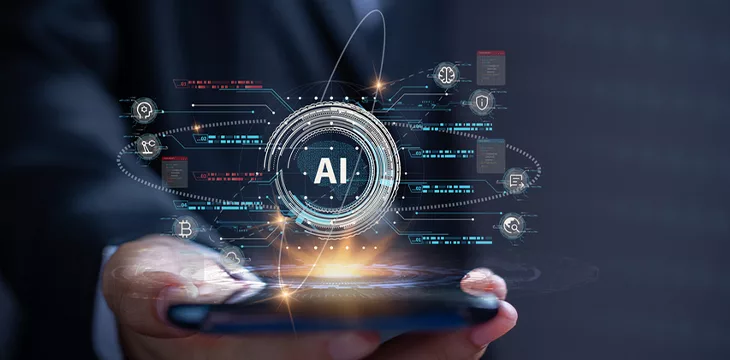|
Getting your Trinity Audio player ready...
|
When there are technological innovations, industries are practically forced to adapt and change to stay competitive and remain leaders in their respective industries. This means that companies need to implement new technology to increase efficiency and reduce costs. But at the same time, these same technological innovations capture the attention of policymakers and get them thinking about the new laws and regulations needed to protect against the potential wrongdoing made possible by the latest technologies.
Currently, we are seeing new policies being proposed and mandated at all levels of the government, with legislators from the Supreme Court, state senate, and beyond weighing in on artificial intelligence.
AI’s role and risks in the legal system
As 2023 came to a close, Supreme Court Chief Justice John Roberts released an end-of-year letter discussing the various technological innovations and their impact on the legal system. Of course, the most current technological innovation we see make its way into the legal field is artificial intelligence (AI).
In Roberts’ letter, he says he believes AI will positively impact individuals who have historically had trouble accessing and using the legal system. Specifically, he says that AI’s integration into the legal system can increase access to justice, especially for those unable to afford legal representation since it offers tools that provide answers to basic questions and guide users through legal procedures.
However, Roberts warns that those who play crucial roles in the legal system, such as lawyers and judges, must be cautious when integrating AI into their workflows.
He cites instances where AI hallucinates—situations where AI has produced incorrect information. Roberts gives an example where a lawyer submitted briefs with citations to non-existent cases thanks to AI. He also talks about how legal decisions often involve nuanced judgments that machines cannot replicate, alluding to the idea that there still needs to be a human touch at some point within an AI workflow in the legal world.
Roberts isn’t the only one with these beliefs. Courts are beginning to propose rules around the use of AI in legal drafting. The 5th U.S. Circuit Court of Appeals in New Orleans has
proposed a rule requiring lawyers to certify whether AI-generated content was used in their court filings, and if it was used in their filings, they must confirm that they subsequently reviewed and verified the legitimacy of its outputs.
Similarly, the Eastern District of Texas has mandated lawyers to “review and verify any computer-generated content,” which further supports the idea that when AI is used in legal document preparation, it needs to be checked for accuracy.
Senator Steve Padilla from California is also weary of AI. He recently introduced Senate Bills 892 and 893, aimed at developing a public AI resource and creating a safe and ethical framework for AI service providers contracting with the state. If the bills pass, then beginning on August 1, 2025, the state will be prohibited from entering into any contract for AI services unless the provider meets the established standards.
“AI holds both enormous promise and challenges for our economy and society,” said Senator Padilla. “Trusting tech titans to act responsibly, we completely abdicated our responsibility to create safeguards for social media and are now paying the price. We cannot repeat that disaster by allowing a handful of tech billionaires to operate AI without oversight, accountability, or restraint.”
The emerging AI legislation and policy
Although each lawmaker is somewhat optimistic about what AI can do for the legal industry as well as the residents of their states, they are pre-emptively acknowledging the damage that can be done as well.
The belief that AI can be harmful is warranted because when technological innovations take place, criminals are typically early adopters, using the new technology that was created to facilitate crimes, taking advantage of the large portion of the world and law enforcement that is either unaware or still learning about these new technologies.
Although new laws and regulations are actively being proposed and the dangers of AI are being cautioned, unfortunately, most laws and regulations come post-mortem after some sort of negative event has taken place with the new technology that has harmed individuals and businesses.
However, all the activity around the new technology prompts lawmakers to be the first to come out with AI policy and regulation, setting a precedent for their state, country, or
region that shapes future AI legislation.
It is safe to say that this is just the beginning of AI legislation and that we can expect to see a lot more action on the legal front, whether that be new bills being proposed or
corporations taking action and challenging the use of another business’s AI operations.
In order for artificial intelligence (AI) to work right within the law and thrive in the face of growing challenges, it needs to integrate an enterprise blockchain system that ensures data input quality and ownership—allowing it to keep data safe while also guaranteeing the immutability of data. Check out CoinGeek’s coverage on this emerging tech to learn more why Enterprise blockchain will be the backbone of AI.
Watch IEEE COINS Conference highlights: Intersection of AI & blockchain

 12-26-2025
12-26-2025 




